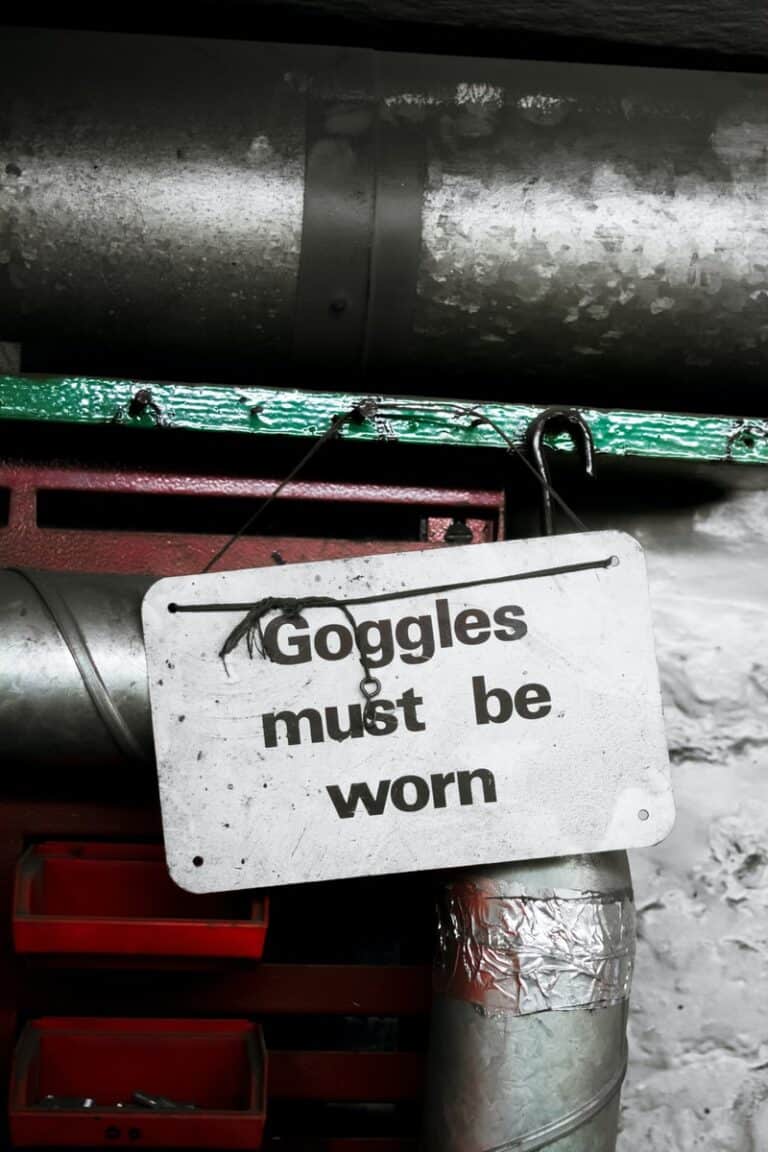Every company must take safety, health, and the environment into account. Every employer is required by law to provide a safe working environment that has been determined by regulations and guidelines.
A Diploma in Health, Safety, and Environment provide students with an understanding of how to protect people, property, and the environment.
The program is designed for those who want a career as environmental technicians, occupational hygienists, safety officers, or health and safety coordinators.
What does the course material include?
– Environmental law
– Workplace health and safety
– Hazardous materials
– Engineering
– Environmental regulations
– Health and safety hazards
– Emergency response
– Industrial hygiene
– Ergonomics
– Hazardous materials
– Waste management
Graduates will have a thorough knowledge of how to protect people, property, and the environment in any workplace. They will also be able to work with other professionals to create and implement health and safety programs.
HSE diploma holders are in high demand due to their ability to create and implement effective safety protocols. Many graduates go on to work in the oil and gas industry, but there are also opportunities in other industries.
Who offers Diploma in Safety Health and Environment HSE programs?
There are many institutions that offer Diploma Programs in Health, Safety, and Environment. Some of the most well-known providers of HSE diplomas are the National Safety Council (USA), Royal Environmental Health Institute of Scotland (UK), and the Institution of Occupational Safety and Health (UK). Post graduate diploma programs are also available from some universities.
What are the career prospects for someone with a Diploma in Health Safety and Environment?
Graduates of HSE diploma programs may pursue a variety of occupations. Health and safety officers, environmental consultants, risk assessors, and health and safety manager are just a few examples.
To gain success in any of these positions, it is important to have strong communication and interpersonal skills. Many health and safety jobs also require certification from professional organizations such as the Board of Certified Safety Professionals (BCSP) or the Association of Professional Environmental Health Specialists (APEHS).
A Diploma in Health, Safety, and Environment can provide students with the knowledge and skills they need to pursue a variety of interesting and rewarding careers.
How much does a Diploma in Health Safety and Environment cost?
The cost of a diploma in health, safety, and environment can vary depending on the institution. It is typically less expensive than a degree program, but may still run into the thousands of dollars.
What are the benefits of having a Diploma in Health Safety and Environment?
A Diploma in Health Safety and Environment is beneficial for many reasons. It can lead to a career in a variety of industries, allow you to help make workplaces safer for employees, and give you the opportunity to learn about environmental laws and regulations.
Is a Diploma in Health Safety and Environment recognized internationally?
Yes, a Diploma in Health Safety and Environment is recognized internationally. This diploma is often required for jobs that involve working with hazardous materials or in dangerous environments.
What is an example of an HSE policy?
Many companies have their own specific health and safety policies that outline how employees should work safely and protect the environment.
A good HSE policy should include:
– A commitment to compliance with health and safety legislation
– An identification of hazards and risks in the workplace
– Procedures for dealing with health and safety incidents
– A system for monitoring and reviewing health and safety performance
International standards for HSE management systems
There are several international standards that can be used to develop an HSE management system.
– ISO 14001:2015 – Environmental Management Systems
– OHSAS 18001:2007 – Occupational Health and Safety Management Systems
– ISO 50001:2011 – Energy Management Systems
Practical training
In addition to theoretical knowledge, it is important to have practical experience in order to be successful in the health and safety field.
Many diploma programs offer students the opportunity to complete an internship or work placement as part of their course. This can provide valuable hands-on experience and allow you to network with professionals in the industry.
Why is HSE important?
By having an effective HSE management system in place, companies can minimize accidents and injuries, reduce environmental impact, and save money.
An HSE management system is a mechanism for organizations to verify that they are keeping legal standards and protecting their workers, the environment, and assets. It’s also an opportunity for employees to work in a secure environment and healthful atmosphere.
A successful business operates in an environment that is safe and healthy for its employees, while also protecting the environment. Achieving this goal can be difficult, but it’s essential for the long-term success of any organization.
However, in today’s world of tough competition any safety, health, or environmental violation may become a major roadblock to success. Furthermore, it is often said that a successful firm is one in which everyone involved is content. This directly implies the need for employee safety and a secure working environment where all employees are happy and functional.

